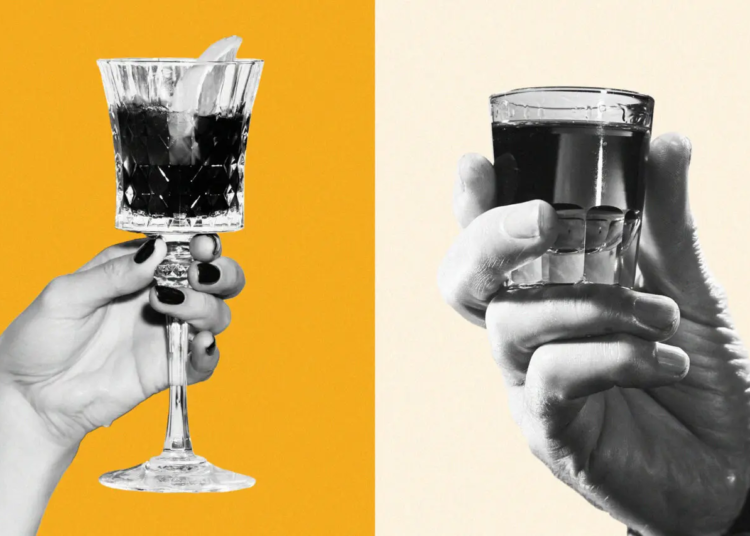In the grand amphitheatre of the beverage world, where wine and beer warble their acclaimed solos, it’s the often unsung hero, liqueur, that adds the spice, droplets of golden songs in big Broadway numbers. But what is it about liqueurs that give them their stand-alone number? Today, we’re unpacking what stops them from fading into the chorus of the fermented and distilled world.
A Shot of Clarity on Liqueurs
Liqueurs, often misconstrued as the overly sweet cousins of spirits, are a category unto themselves, boasting a wide array of flavours and a step-by-step process that’s a craft in
and of itself. The production of liqueurs takes the essence of a base spirit and sweetens it
with sugars while adding a medley of flavours, usually through the infusion offlowers, fruits, herbs, or spices. One might call this an adult version of a candy store, where complexity
meets pure, unadulterated, sweet indulgence.
But what makes liqueurs special isn’t just the taste. It’s the meticulousness of the production process, from distillation (a repeat after a base spirit distillation or in the case of cream liqueurs, often a part of it) to infusion, and sometimes even ageing. It’s a symphony director’s meticulousness in choosing the right notes, beating them into cohesion, and then letting them harmonise in the oak-barrel wings.
Liqueurs on the Rocks and in a Shaker
Picture a ballroom where liqueurs are the dancers, flavorful, flexible, and often stealing the show. In the world of mixology, liqueurs shine as the ensemble cast, turning the cocktails from a monologue of a single spirit into a dialog of taste. Curacao and Amaretto, like the Fred and Ginger of the spirits world, waltz with everything from coffee to cognac. They are the Chameleons of the back-bar, adapting to their surrounding flavours with panache.
But it’s not just in the craft of the cocktail that liqueurs find their stride. They’re flavour bombs, equal parts joyous explosion and delicate nuance, making them just as essential in the kitchen. Whether it’s a splash in a dessert, a drizzle over savoury dishes, or even in the batter, liqueurs are the secret ingredients that make chefs’ eyes gleam.
The After-Dinner Liqueur Industry Digestif
The influence of liqueurs in the hospitality industry is as palpable as the rise and fall of an opera singer’s note. They are the crescendo in a well-curated bar menu, with the subtleties of single malts and the showmanship of a signature cocktail. Today’s mixology and bar scene are more adventurous than Harry Houdini, and liqueurs contribute to that escapade by offering a new sip of flavour at every turn.
Learn What is Sambuca compared to Galliano Liqueur? In the end, it’s the individuality of liqueurs that make them the stars of the show, distinct from wine and beer in their production process, flavour profile, and overall impact on the beverage and culinary world. If the world of alcohol is a symphony, liqueurs stand as the soloists — bold, enigmatic, and endlessly fascinating.





